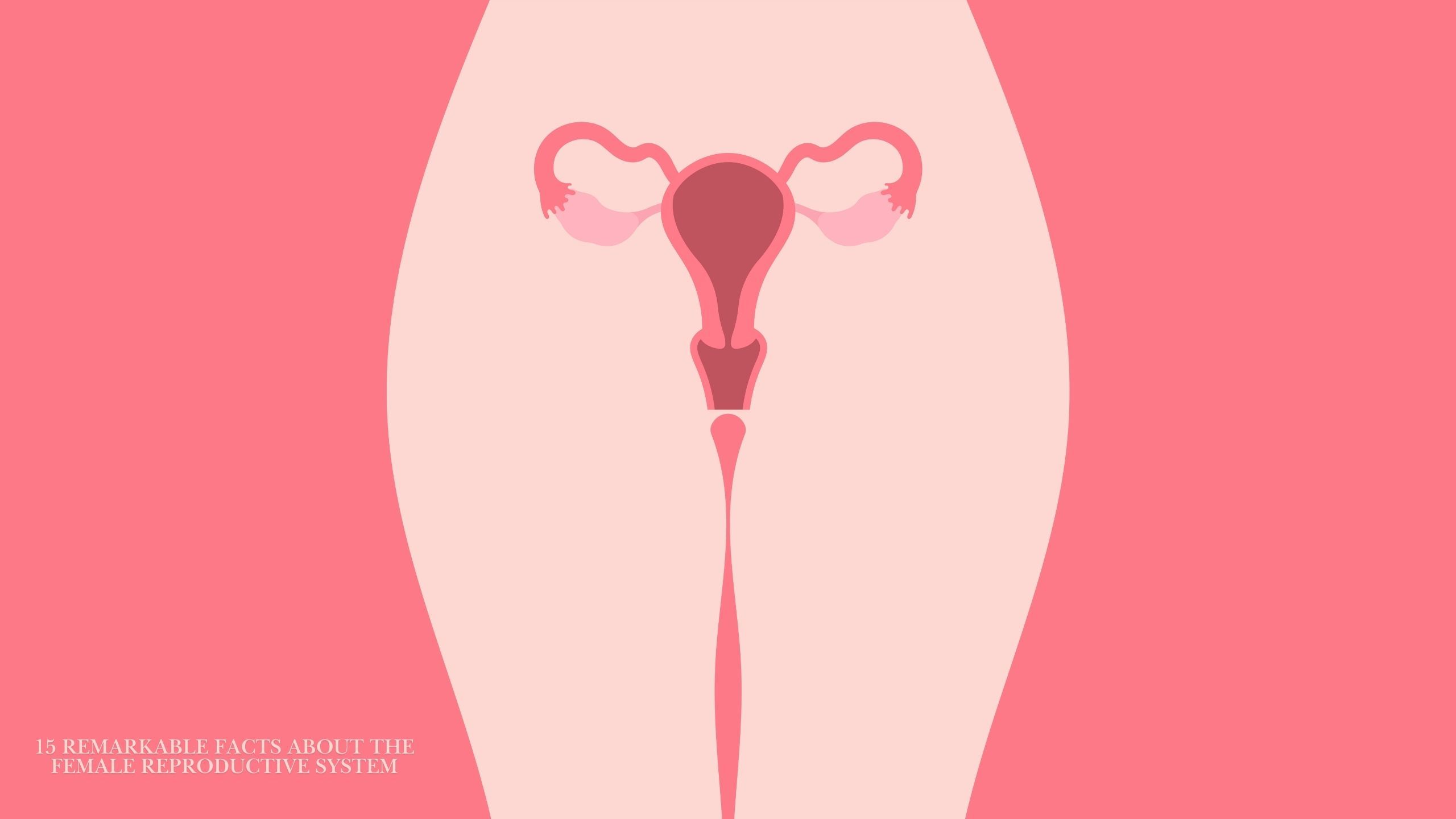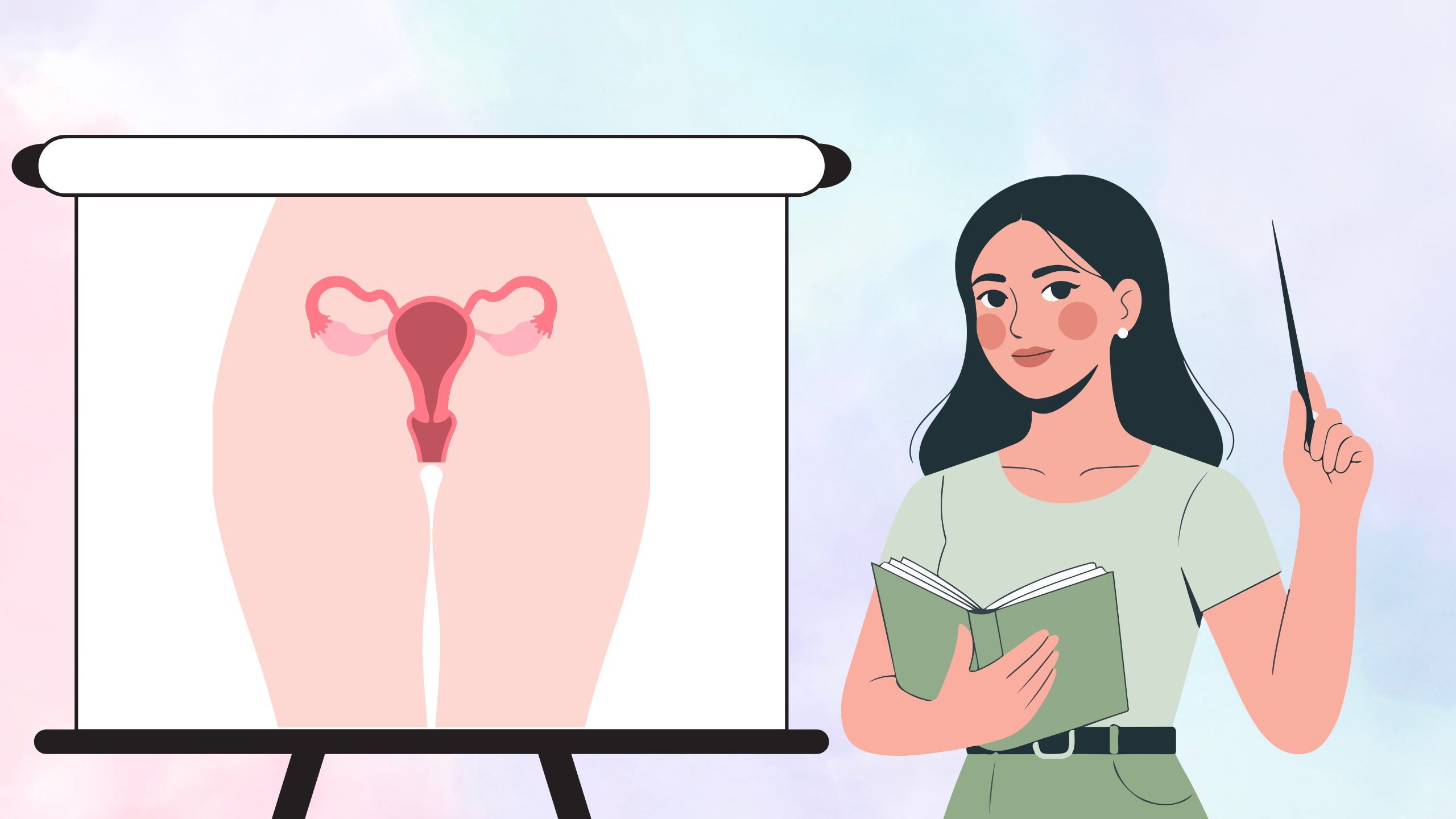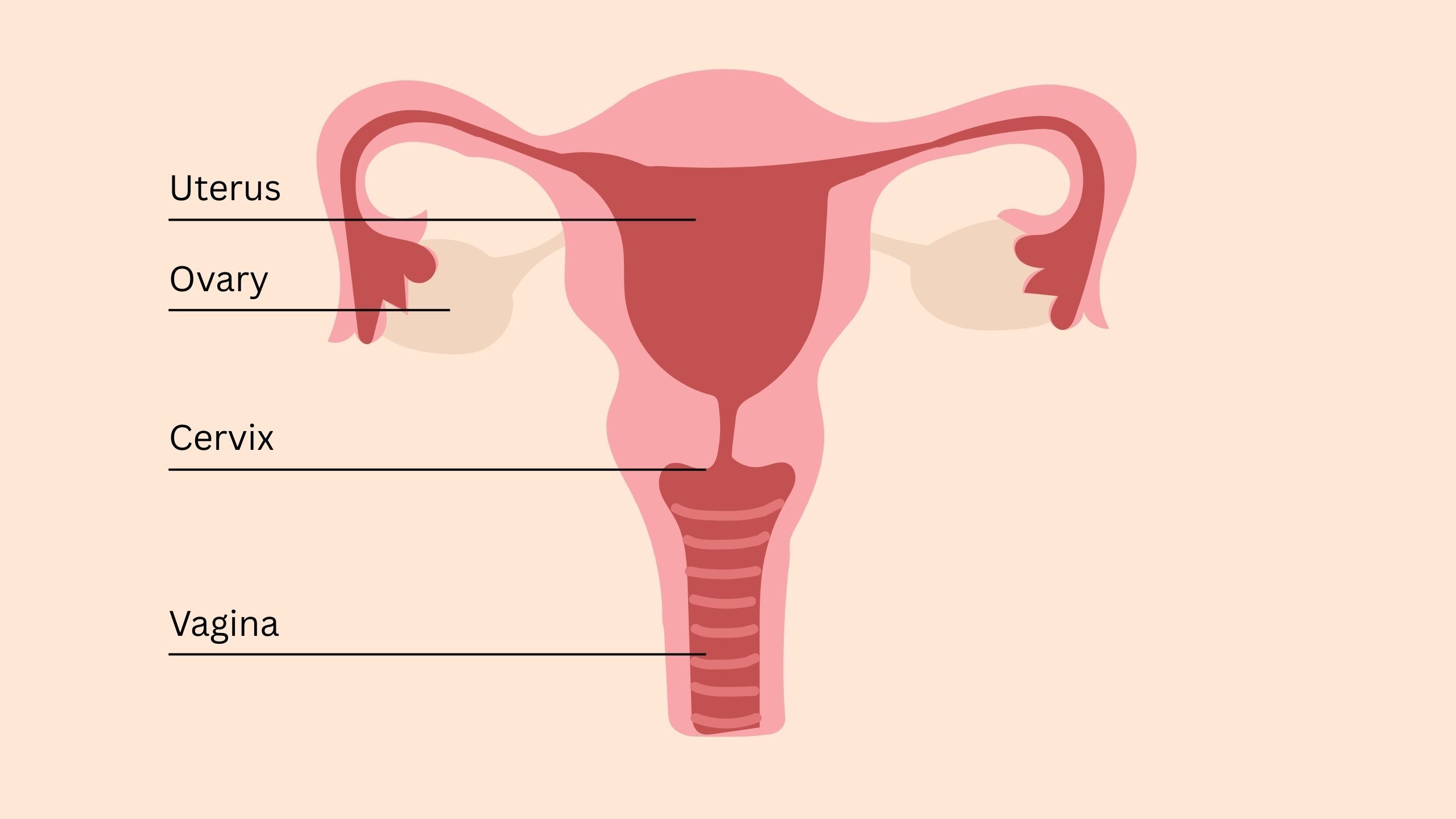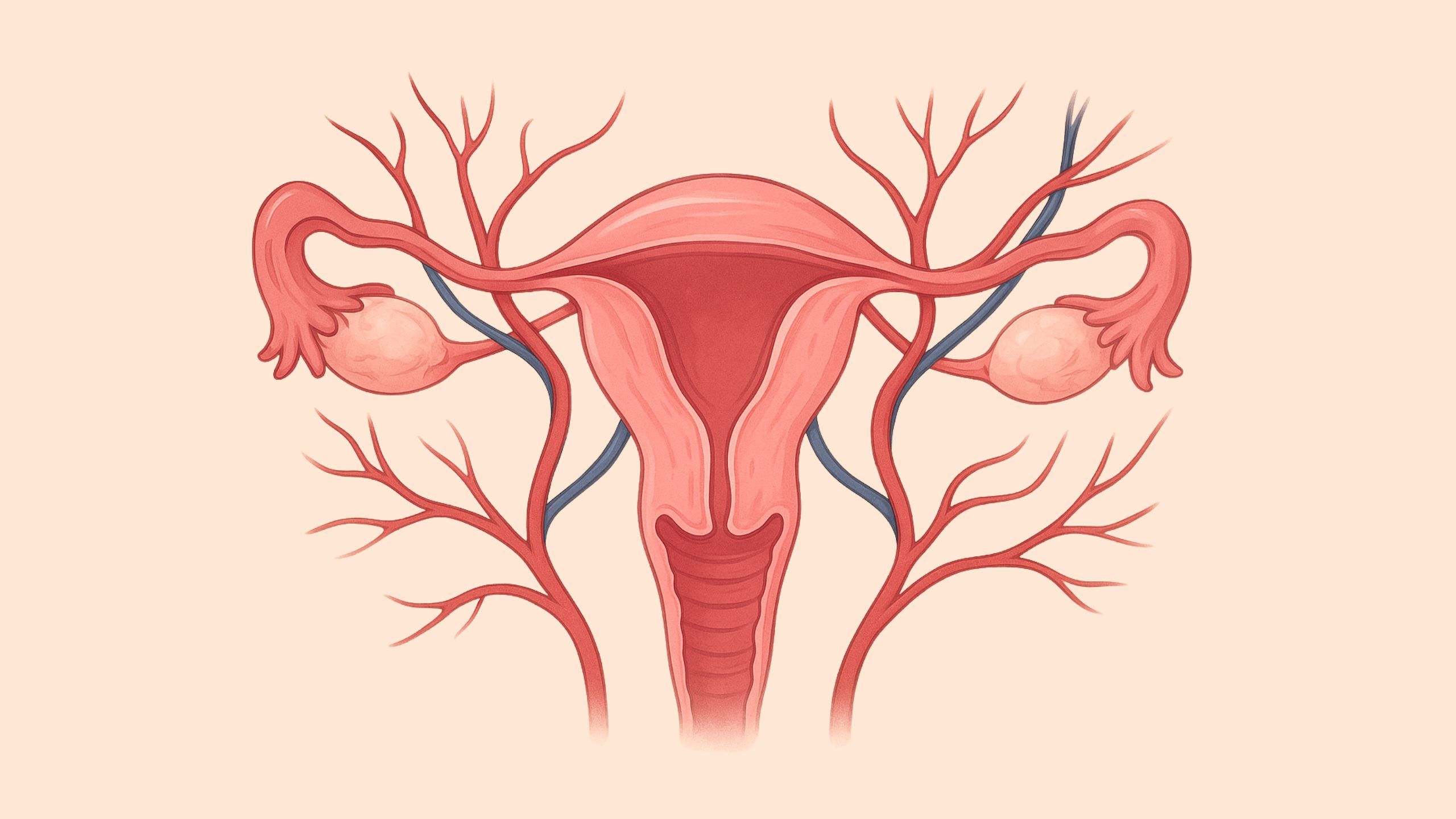Understanding Vulva Anatomy: A Comprehensive Guide
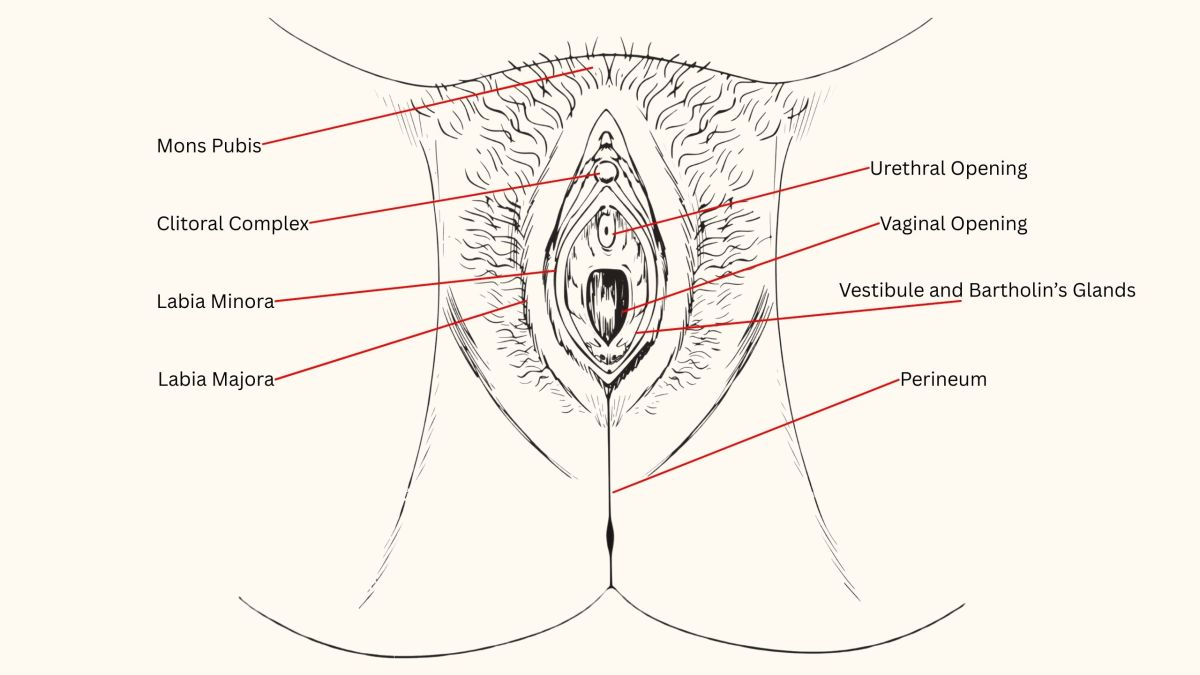
The vulva is a remarkable and intricate part of the female anatomy. While often misunderstood or overlooked, gaining a clear understanding of its structure and function is essential for overall health, hygiene, and comfort. This guide will walk through the main components of the vulva, how they function, and important considerations for care.
What Is the Vulva?
The vulva refers to the external part of the female genitalia. It serves multiple purposes: protection of internal reproductive organs, sexual sensation, and urinary function. Although frequently mistaken as synonymous with the vagina, the vulva encompasses more than just the vaginal opening.
Main Components of the Vulva
1. Mons Pubis
The mons pubis is the soft, fatty tissue located above the pubic bone. It is covered with pubic hair after puberty and acts as a cushion during physical activity. Its shape and size vary widely between individuals.
2. Labia Majora
The labia majora are the “outer lips” of the vulva. They extend from the mons pubis down toward the perineum. These folds of skin help protect the inner structures of the vulva and often contain sweat and sebaceous glands, which help maintain moisture and a healthy barrier.
3. Labia Minora
The labia minora are the “inner lips,” smaller and more delicate than the labia majora. They surround the vaginal opening and the urethral opening. The size, color, and shape vary significantly from person to person, all within the range of normal anatomy.
4. Clitoral Complex
The clitoris is highly sensitive and plays a central role in sexual sensation. While only the glans (the visible tip) is often recognized, the clitoris has internal structures, including the crura and bulbs, which extend along the sides of the vaginal canal.
5. Urethral Opening
Located just below the clitoral glans, the urethral opening is where urine exits the body. Its position and appearance can vary slightly among individuals.
6. Vaginal Opening
The vaginal opening is part of the internal reproductive system but is visible externally as part of the vulva. It is protected by the labia and can expand and contract during sexual activity, menstruation, and childbirth.
7. Vestibule and Bartholin’s Glands
The vestibule is the area between the labia minora that houses the urethral and vaginal openings. Bartholin’s glands, located on either side of the vaginal opening, secrete lubricating fluid to aid in sexual activity and maintain comfort.
8. Perineum
The perineum is the area of skin between the vaginal opening and the anus. Though often overlooked, it is involved in pelvic floor health and can play a role during childbirth.
| Component | Location | Function | Notes |
|---|---|---|---|
| Mons Pubis | Above pubic bone | Cushion, protection | Covered with pubic hair |
| Labia Majora | Outer lips | Protect inner vulva structures | Contains sweat and sebaceous glands |
| Labia Minora | Inner lips | Surround vaginal and urethral openings | Highly variable in size and color |
| Clitoris | Top of vulva, internal structures extend along vaginal canal | Sexual sensation | Most is internal |
Variations in Vulva Anatomy
Each vulva is unique. Factors such as genetics, age, hormonal changes, and childbirth can affect the appearance and texture of the vulva. Common variations include:
-
Labia size and symmetry differences
-
Color variations from pink to darker brown
-
Hair patterns and thickness
It’s important to recognize that these differences are natural and healthy.
Function and Health Considerations
The vulva is designed to protect the internal reproductive organs, support sexual function, and maintain urinary health. Maintaining vulvar health involves:
-
Hygiene: Gentle cleansing with water or mild, fragrance-free products. Avoid over-washing, which can disrupt natural pH and flora.
-
Clothing: Breathable fabrics help reduce moisture buildup, which can prevent irritation or infection.
-
Regular Check-ups: Routine gynecological exams help monitor for changes or potential concerns.
-
Lubrication and Comfort: For sexual activity or dryness, water-based lubricants can reduce friction and discomfort.
Common Myths About the Vulva
-
“There is a ‘normal’ appearance.” There is no single standard, although the visual perception of beauty varies by individuals; healthy vulvas come in all shapes and sizes.
-
“The clitoris is only the visible tip.” In reality, most of the clitoris is internal, with a complex structure.
-
“Labia should be symmetrical.” Minor asymmetry is common and normal.
Conclusion
Understanding the vulva is essential for physical well-being and body awareness. By learning about its anatomy, functions, and natural variations, individuals can approach health, hygiene, and sexuality with confidence and knowledge. Remember: every vulva is unique, and caring for it involves observation, gentle practices, and regular medical guidance when needed.
Disclaimer: The articles and information provided by the Vagina Institute are for informational and educational purposes only. This content is not intended to be a substitute for professional medical advice, diagnosis, or treatment. Always seek the advice of your physician or another qualified health provider with any questions you may have regarding a medical condition.


 English
English  Deutsch
Deutsch  Español
Español  Français
Français 